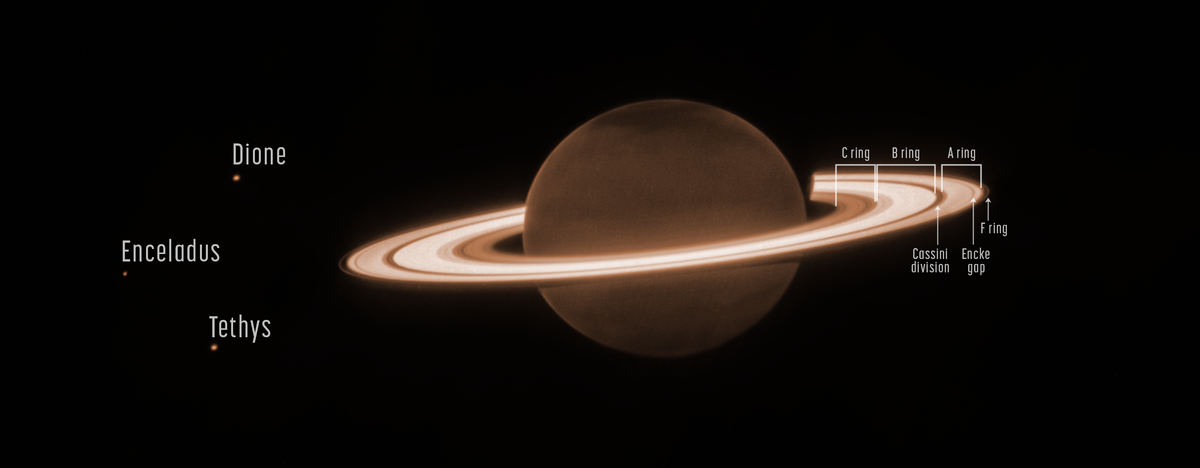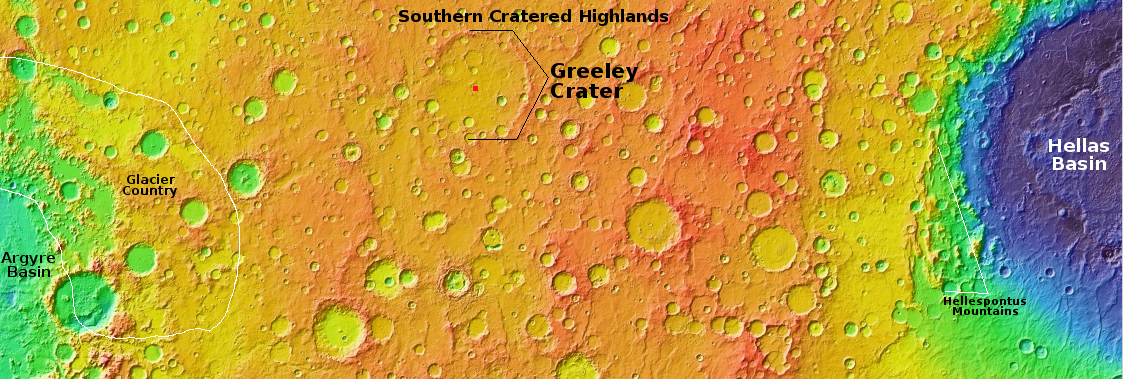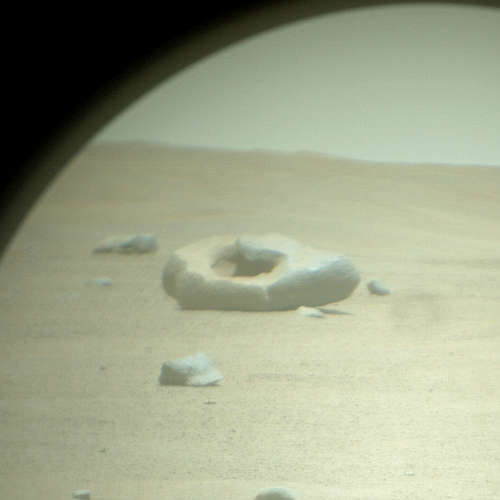ISRO aborts first static fire test of prototype of a new upper stage rocket engine
According to India’s space agency ISRO, on July 1st engineers were forced to abort the first static fire test of prototype of a new upper stage rocket engine, planned to last 4.5 seconds but stopped after 1.9 seconds.
The test proceeded as predicted till 1.9 s validating the ignition and subsequent performance of PHTA [Power Head Test Article]. At 2.0 s, an unanticipated spike in the turbine pressure and subsequent loss of turbine-speed was observed. As a precautionary step, the test was terminated. Analysis under progress would offer further understanding before proceeding with further hot-tests for longer duration.
This was not a test of a real rocket engine, but an engineering test prototype, designed “to validate the integrated performance of the critical subsystems such as the gas generator, turbo pumps, pre-burner and control components.” That the test showed issues without exploding is actually very good news. Engineers still have the prototype to quickly figure out what went wrong and fix it.
According to India’s space agency ISRO, on July 1st engineers were forced to abort the first static fire test of prototype of a new upper stage rocket engine, planned to last 4.5 seconds but stopped after 1.9 seconds.
The test proceeded as predicted till 1.9 s validating the ignition and subsequent performance of PHTA [Power Head Test Article]. At 2.0 s, an unanticipated spike in the turbine pressure and subsequent loss of turbine-speed was observed. As a precautionary step, the test was terminated. Analysis under progress would offer further understanding before proceeding with further hot-tests for longer duration.
This was not a test of a real rocket engine, but an engineering test prototype, designed “to validate the integrated performance of the critical subsystems such as the gas generator, turbo pumps, pre-burner and control components.” That the test showed issues without exploding is actually very good news. Engineers still have the prototype to quickly figure out what went wrong and fix it.
















